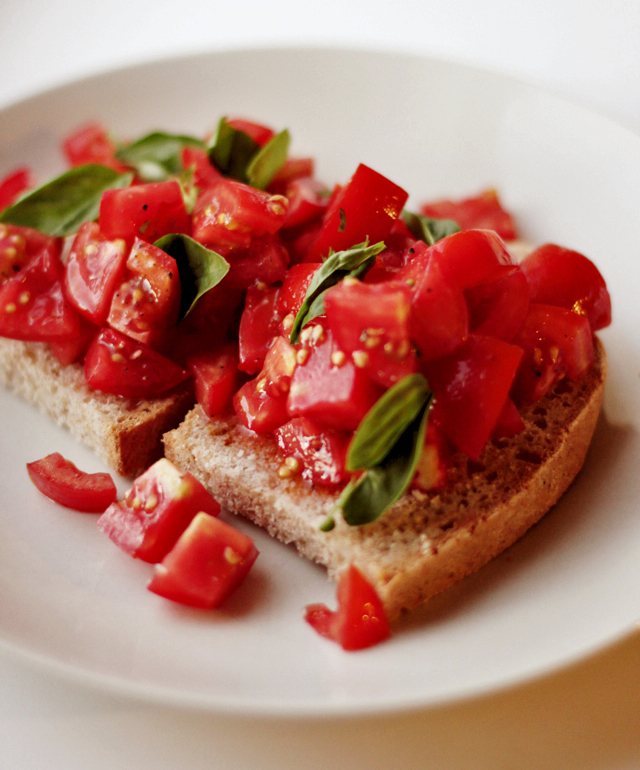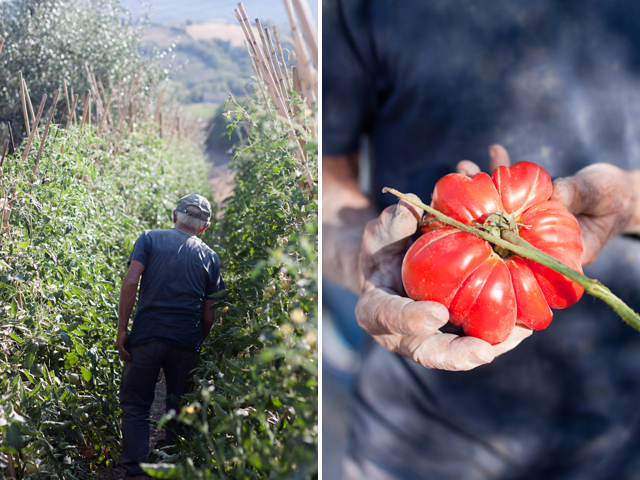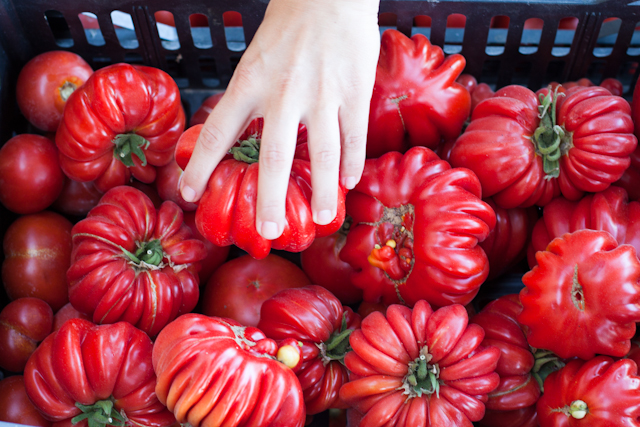One of the world’s simplest of pleasures – fresh bread and tomato – is also one of the most mispronounced. La Bruschetta is a much loved menu item in places far and away from Italy’s peninsula but it suffers from being misspelled and mispronounced to the point where the mispronounced version is becoming the accepted norm. Even well-known chefs on well-known television shows who ought to know better are using the wrong words and there should really be no confusion on how to pronounce this beauty of a dish.

From taleggio to gelato, we use many Italian words (rather than translations) for their unique ingredients and dishes, I think it’s important to do them justice by at least pronouncing (and spelling!) the words correctly.
After all, we managed to get cappuccino right, we (mostly) even manage macchiato. We got the silent ‘g’ in lasagne and gnocchi (but sadly, tagliatelle still has a long way to come). Prosciutto has it all right, notwithstanding spelling mistakes (our local supermarket deli in Melbourne spells it ‘proschito’). But somehow bruschetta lost out to confused English-speakers, who, perhaps choosing to ignore that there is a ‘c’ between the ‘s’ and the ‘h’, overwhelming decided to pronounce it incorrectly as ‘bruSH-etta’.
So here begins a quick Italian lesson. The Italian language loves rules, which means it should be easy to remember these few simple things and apply them wherever you see them in Italian.
When the letter ‘c’ is followed by ‘i’ or ‘e’, it becomes a soft ‘ch’ sound, as in ‘ciao’ and ‘cappuccino’. So far so good. This, we’ve got. But when the letter ‘c’ is followed by an ‘h’, it becomes a hard ‘k’ sound, such as ‘macchiato’. This should not be a surprise to English speakers, think of how we use the ‘sch’ combination in English in words such as ‘scheme’, ‘scholar’ and ‘school’. Why oh why have we decided to suddenly throw away our own tendencies in English and pronounce bruschetta without the ‘c’? How it’s come to this, I cannot begin to understand, but it’s time to clear the confusion. Bruschetta is not bruSH-etta, it’s brus-KE-ta.
The word bruschetta comes from bruscare, to char – another fantastic Italian food word that in itself reveals part of the recipe. A slice of bread is traditionally charred over charcoal on both sides before being rubbed with a clove of raw garlic and dressed in a drizzle of extra virgin olive oil and a sprinkle of salt. This most simple of bruschette (the plural form) is also known as fettunta in Tuscany and makes a wonderful, quick and tasty snack or antipasto. A step up from this is the addition of freshly chopped, ripe tomatoes and torn basil, which for me is the perfect lunch or even dinner on those hot days when you don’t feel like cooking anything or eating much at all.

Tasty tomatoes are paramount to a good bruschetta. There really is nothing like picking tomatoes fresh off the vine and eating them moments later, as we did one evening last week with our friends (Sarah and her father Amico) at their organic farm in San Gimignano, Poggio Alloro. Italian tomatoes taste of the hot summer sun that ripens them, there is really no comparison, but growing your own is probably the best way to get the tastiest tomatoes.
For bruschetta, I like to use a mix of different tomatoes, such as San Marzano (plum tomatoes), cherry tomatoes and any of those wonderfully sweet, ribbed Tuscan tomatoes that are known in their various forms and types as cuore di bue (ox heart), brutti ma buoni (ugly but delicious), costoluti (from the word costole meaning ribs), pisanelli (from Pisa) or nostrali (“our” tomatoes, i.e. local Tuscan tomatoes), to name a few. These are particularly great tomatoes for eating raw in salads or on bruschetta.

Bruschetta
- Slices of the freshest crusty bread you can get your hands on, such as ciabatta
- Ripe tomatoes (see above for some suggestions)
- Freshly torn basil (try also fresh mint, thyme, majoram or oregano)
- Extra virgin olive oil
- Sea salt and pepper
- clove of raw garlic (optional)
Prepare the tomatoes first by chopping roughly into similar sized pieces and tossing in a bowl with sea salt, some freshly ground black pepper and a generous slosh of extra virgin olive oil. Set aside for at least 10-15 minutes or so to allow the salt to draw out the juices and mingle with the olive oil. Meanwhile toast the slices of bread under a grill or in a pan (or over charcoal if you happen to have the barbeque on!). If you are using the garlic, rub the clove just once or twice over the hot toasted bread. Top with the chopped tomatoes and freshly torn basil or your other favourite herbs and if you like, another drizzle of extra virgin olive oil.


 English
English  中文
中文